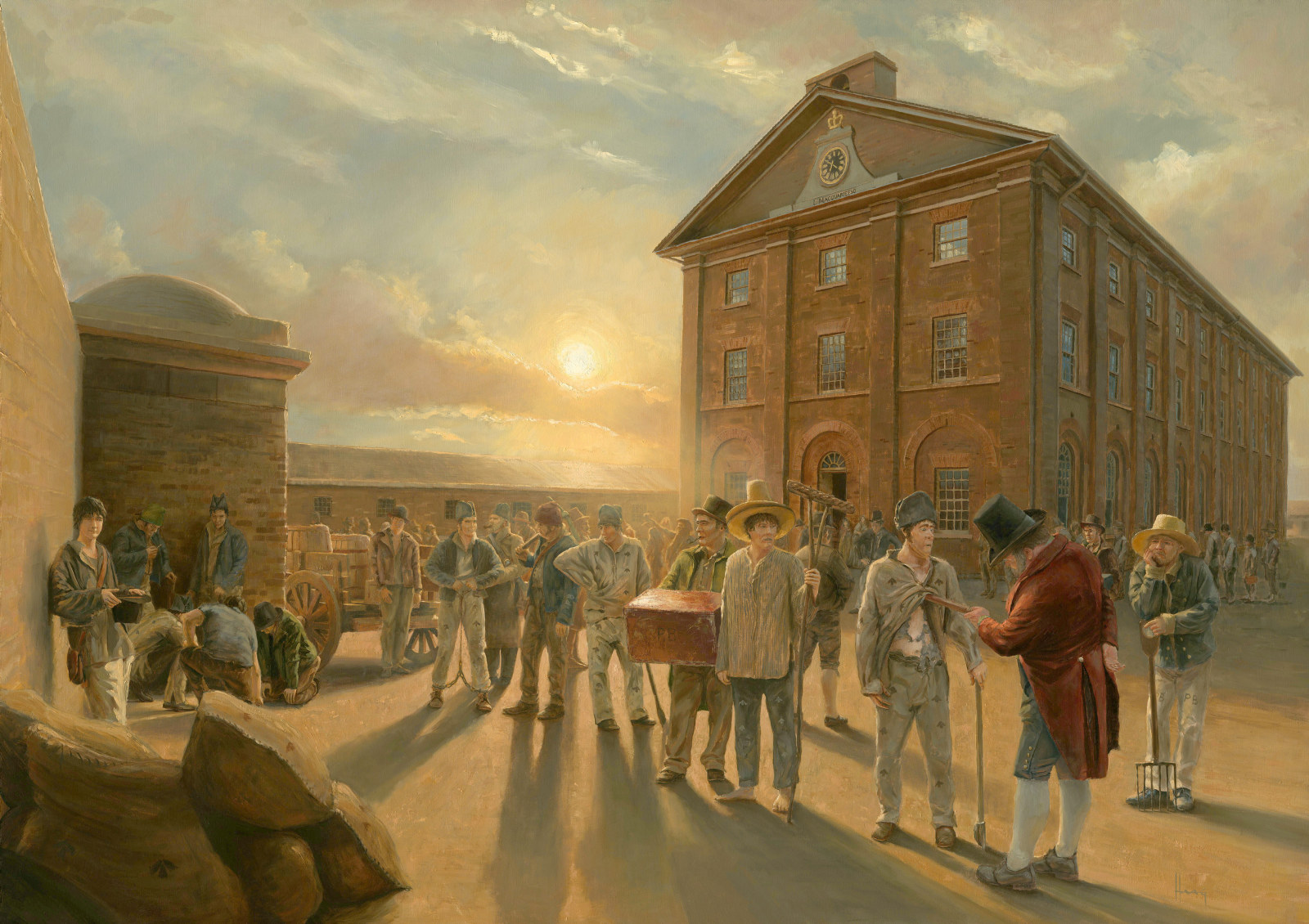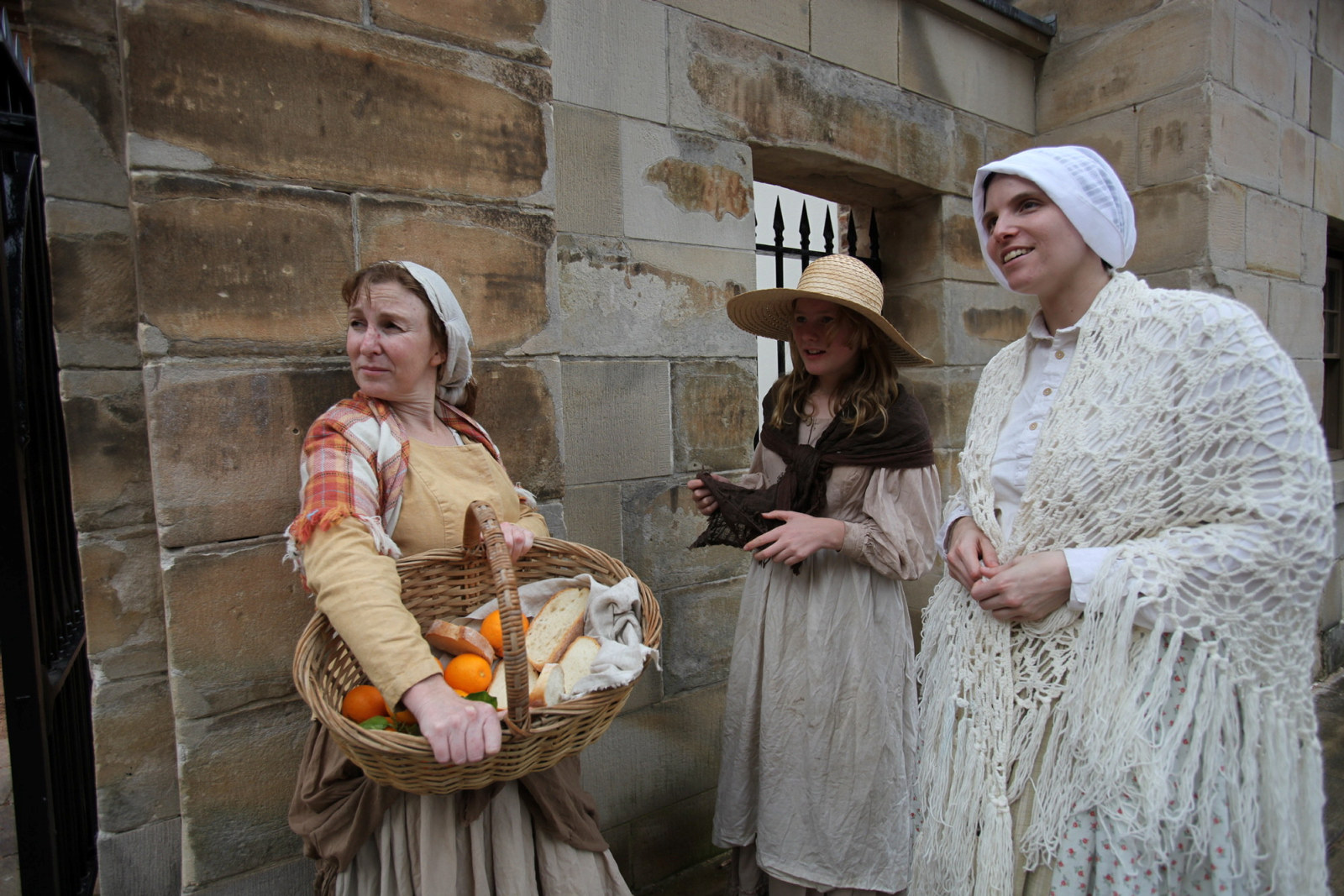Pick of the crop
Convicts who arrived at Sydney Cove during the Macquarie era were inspected in person by the Governor himself, at the Gaol Yard on George Street. Accomplished tradesmen who had skills the government needed, including carpenters, stonemasons and brickmakers, were sure to be retained for government work, building churches, courthouses, jails and barracks.
However, convicts could earn good money doing private work, so many tried to conceal their skills during the initial muster to avoid being assigned to government projects. In 1820, under Macquarie’s construction-focused administration, 55 per cent of all convicts were working in government service, probably the highest proportion that ever worked for the colonial government.
Related

Convict Sydney
Convict Sydney
From a struggling convict encampment to a thriving Pacific seaport, a city takes shape
Published on
Convict Sydney

Convict Sydney
Joseph Smith
In 1817, Joseph Smith was awaiting his execution at London’s notorious Newgate Gaol. Little did he know, but he was soon to become integral to the construction of Hyde Park Barracks on the other side of the world

Convict Sydney
Israel Chapman
Could a 24-year-old convicted armed robber be trusted to maintain law and order among hundreds of prisoners? Perhaps not, but that’s exactly the job Londoner Israel Chapman was given at Governor Macquarie’s newly opened Prisoners’ Barracks at Hyde Park in 1819

Convict Sydney
Sir Ralph Darling
An officious senior army officer who governed effectively but, like his predecessors, fell victim to the fractious politics of the colony
